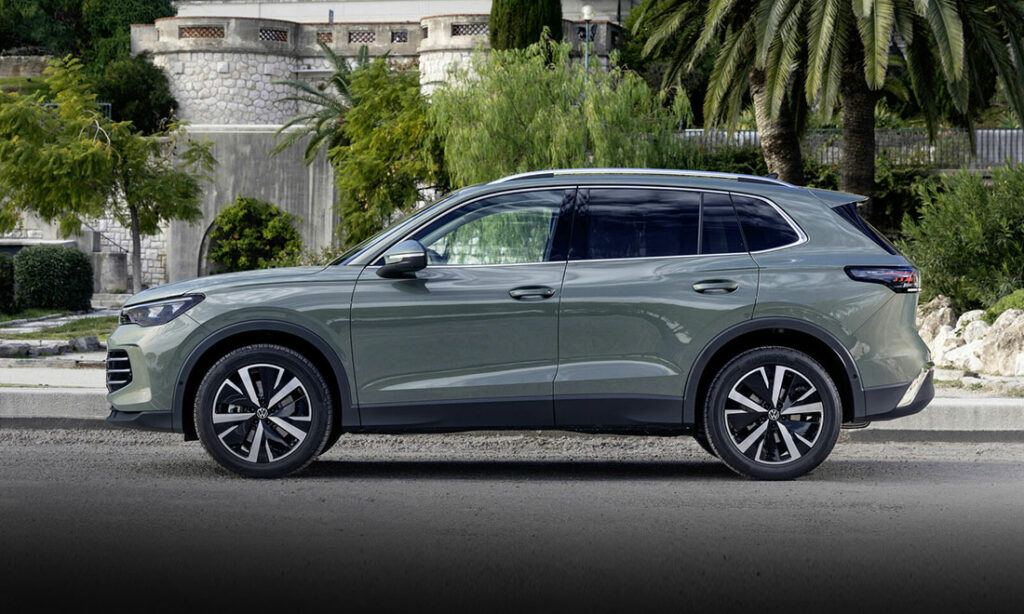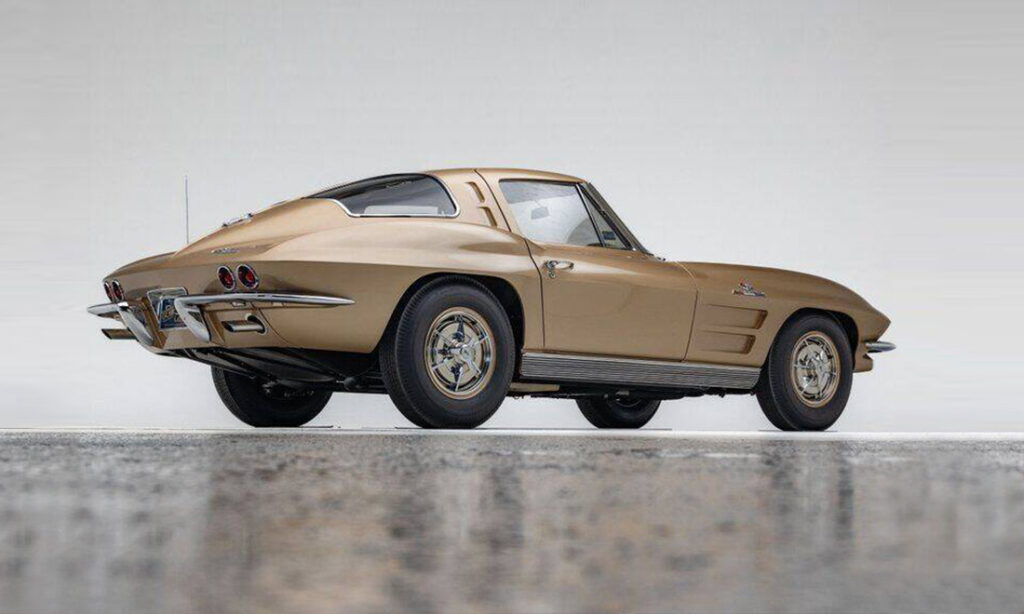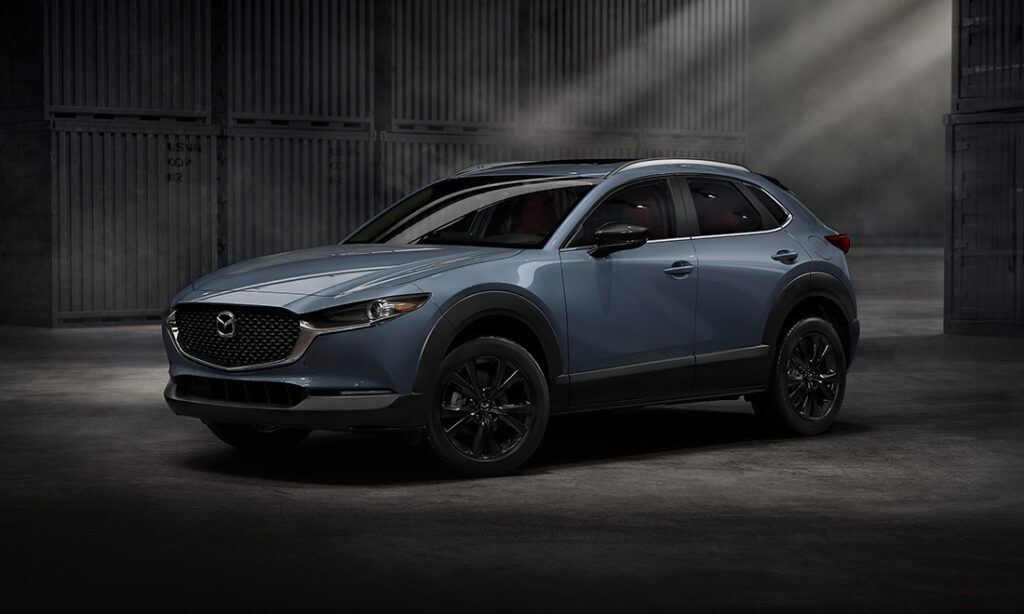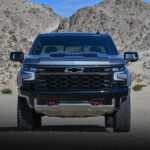Retro Review: Toyota Celica
The Celica is best known as part of the ‘90s Toyota triumvirate alongside the Supra and MR2, but there’s a lot more to its story.
From Pony Car to JDM Legend
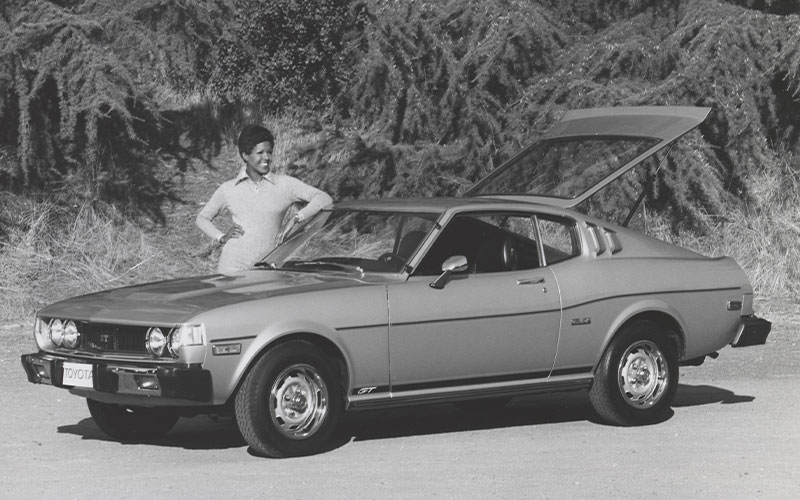
1976 Toyota Celica – pressroom.toyota.com | Shop Toyota Celica on Carsforsale.com
Among Toyota nameplates, the Celica is uniquely pivotal. Known best as a darling of the import scene in the 1980s and ‘90s and of JDM lore today, the Celica also spawned two of the brand’s most significant models, the Supra and the Camry, all while also becoming a rally car champion.
The Celica began as Toyota’s answer to the Ford Mustang, a light, nimble, affordable pony car for the masses. The new sports car was built with the US market in mind and special emphasis was placed on providing a roomy interior comfortable for taller passengers. This was facilitated by the use of the Toyota Corona’s sedan platform converted to a two-by-two coupe. Notably, the Celica was the first Japanese car to be built using an automated assembly line. The Toyota Celica debuted at the Toyota Motor Show in 1970.
Gen 1 – 1971-77 Model Years
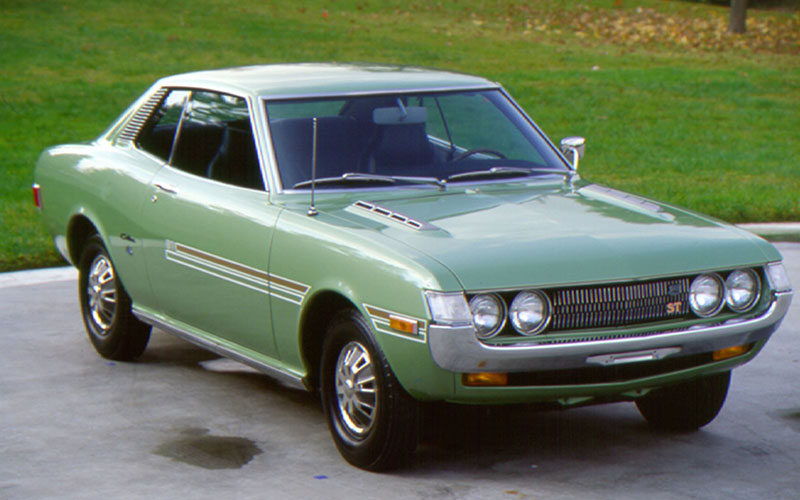
The first-generation Toyota Celica featured as many as five trim levels and ran five different four-cylinder engines ranging in size from 1.4L to 2.2L. Most of these were never offered in the US. Stateside, Celica buyers had to settle, at least initially, for the ST trim and it’s 1.9L inline-four. Among the Celica’s sportier features were standard front disc brakes, an independent front suspension, and a four-link set up for the rear. Handling was impressive in the light rear-wheel drive Celica, even if the displacement was far behind Detroit’s muscle cars.
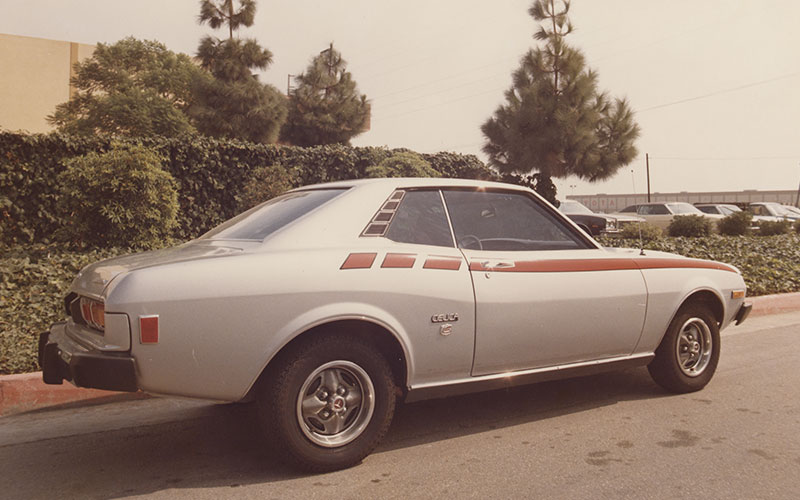
The Celica would, over time, become a mainstay of rally car competition. Its first run was in 1972 when driver Ove Andersson placed 9th at the RAC Rally. For 1974, the Celica got a new GT trim that included a DOHC 1.6L with two double carburetors. In ’76 a new liftback body style was added. This combined a fastback with a rear hatch for added practicality, and in the US market, came with a new 2.2L engine. The 1976 Toyota Celica won Motortrend’s “Import Car of the Year” award. The car was also a major sales success, with over 1 million units built worldwide in its first generation.
Gen 2 – 1978-81 Model Years
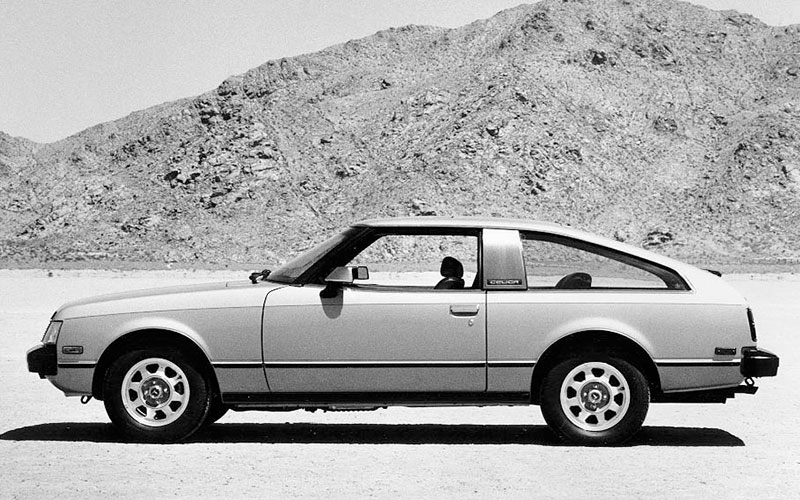
The second-generation Celica continued to come in coupe and liftback body styles, albeit with updated styling. The car was now slightly larger in dimensions and at the same time lighter than the previous generation. US buyers could now get the larger 2.2L with either the LT or ST trims. A more premium grand touring option was introduced for 1979, a little model known as the Celica Supra, or Celica XX as it was known in Japan. The Celica Supra featured a 2.6L inline-six that made 110 horsepower. The following year Toyota released a four-door version, the Celica Camry which took the basic Carina body and added the front end from the Celica XX/Supra. After two years, the Camry would become its own unique nameplate.
Gen 3 – 1982-85 Model Years
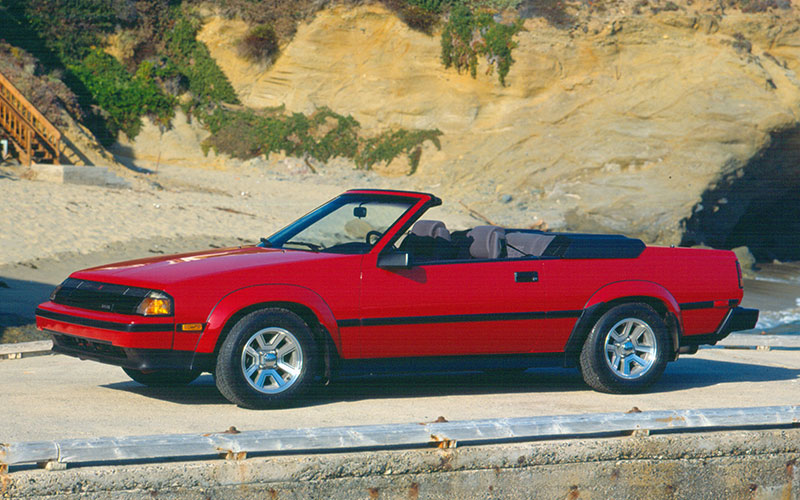
For its third generation, the Celica received fuel injection as standard, along with rack and pinion steering. North American cars also got a new 2.4L inline-four, the largest to grace a Celica. The new, boxier look of the Celica was complimented by new tech like a digital gauge cluster and, a then revolutionary, GPS navigation system. In 1984, a convertible option was added alongside the notchback and coupe body styles.
This generation was where the Celica really came into its own as a competitive rally car. Built for Group B, the Celica TCT made up to 320 horsepower and debuted at Rally Finland in 1983. The African circuit proved especially conducive for the Celica, where it posted six WRC wins and became known in rally car circles as “The King of Africa.”
Gen 4 – 1986-89 Model Years
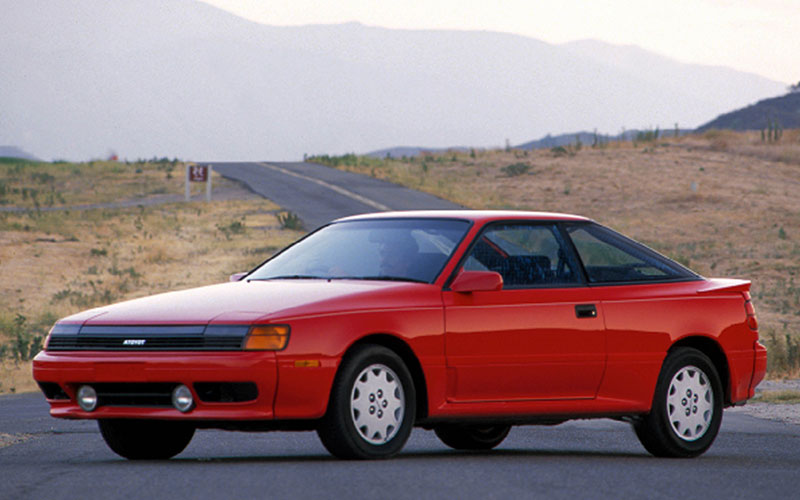
A major shift arrived for the Celica’s four generation. To avoid competing directly with the Supra, Toyota switched the Celica’s architecture from rear-wheel to front-wheel drive (it was now on the Toyota Corona’s T platform). Despite the change, the Celica retained the liftback and coupe bodies and received significant cosmetic upgrades.
In 1986, a new GT-Four trim debuted for the Japanese market. It featured all-wheel drive, All-Trac in Toyota parlance, a new electronic center locking differential, and a new optional 2.0L turbocharged engine good for 185 horsepower. The Turbo All-Trac, a GT-Four equivalent, arrived in the US in 1988. This new all-wheel drive version of the Celica was perfect for rally competition and proved just that in 1990 with WRC driver’s championship and manufacturers’ wins.
Gen 5 – 1990-93 Model Years
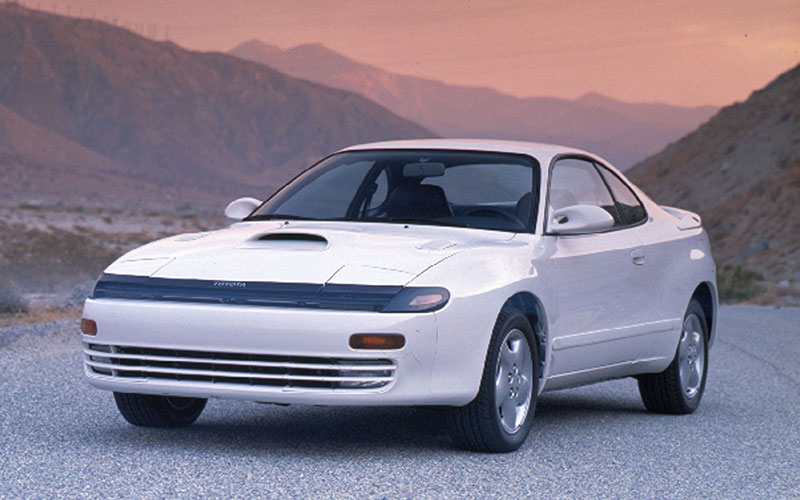
Styling on the new fifth-generation Celica got major revisions with a rounder more aerodynamic look typical of the early 1990s. In the US, the ST trim ran the 1.6L while the GT and GT-S carried a larger 2.2L. The GT-S was also graced with optional ABS. The fifth-gen Celica saw continued success on the rally circuit with the GT-Four RC snagging drivers’ championship wins in ‘92, ‘93 and ‘94.
Gen 6 – 1994-99 Model Years
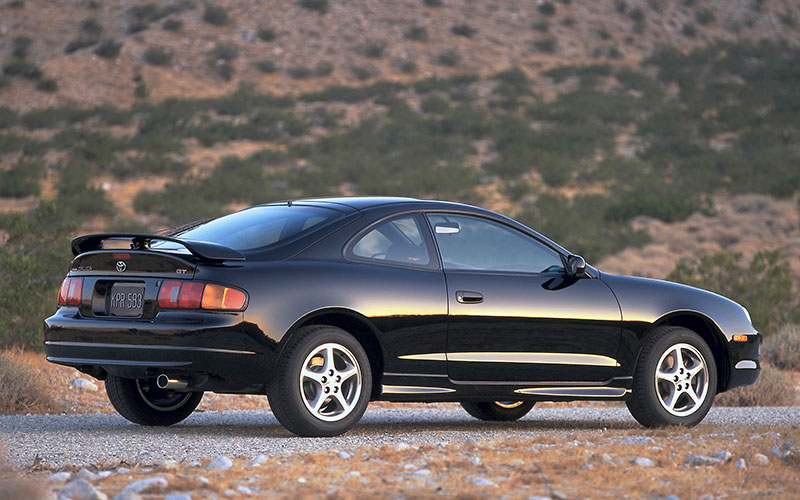
In the US, the sixth-generation Celica was limited to just two trims, the ST and the GT, featuring a 1.8L and a 2.2L respectively. The convertible body style returned in 1995, and optional side skirts and a new rear spoiler became options for the 1996 model year.
Over in Japan, the new GT-4 homologation car got new tech for the rally car circuit that included an anti-lag system (to combat turbo lag) and a new water spray bar for the front intercooler. The 250 horsepower GT-4 is today the stuff of JDM legend.
In 1998, Toyota dropped the ST line in the US market, leaving the Celica GT as the sole option. The next year saw the elimination of the coupe, leaving just the liftback and convertible body styles.
Gen 7 – 2000-2006 Model Years
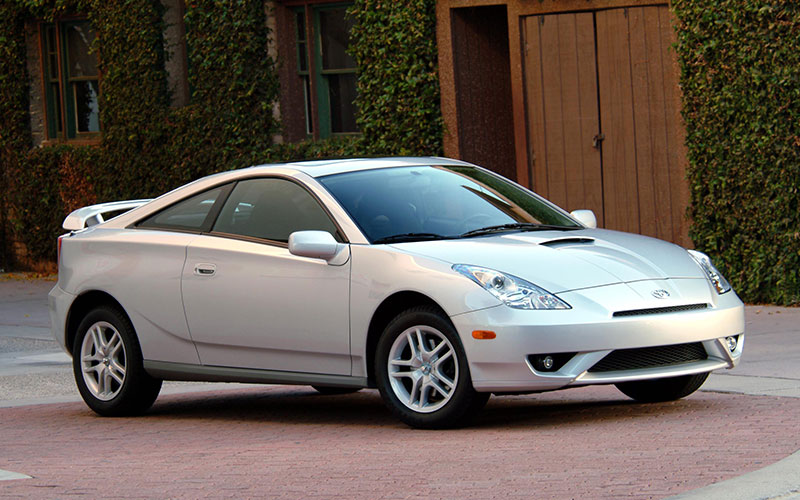
2004 Toyota Celica – pressroom.toyota.com | Shop Toyota Celica on Carsforsale.com
The Toyota Celica’s seventh and final generation debuted for the 2000 model year. The liftback was the only body style on offer now. Two versions of a 1.8L engine featuring variable timing were offered with the performance version making 180 horsepower. The engine redlined at 8,000 rpm. The car was lighter than the sixth-gen car. Handling, while always a Celica strength, was exceptional in the seventh generation. Even so, US automotive tastes were shifting away from sports cars and toward SUVs. As sales dipped, Toyota chose to discontinue the Celica in 2004 in the US and in 2006 in Japan. With more than 35 years in production, the Toyota Celica made a name for itself as a rally champ, JDM classic, and a best-seller with over 4 million units sold.


